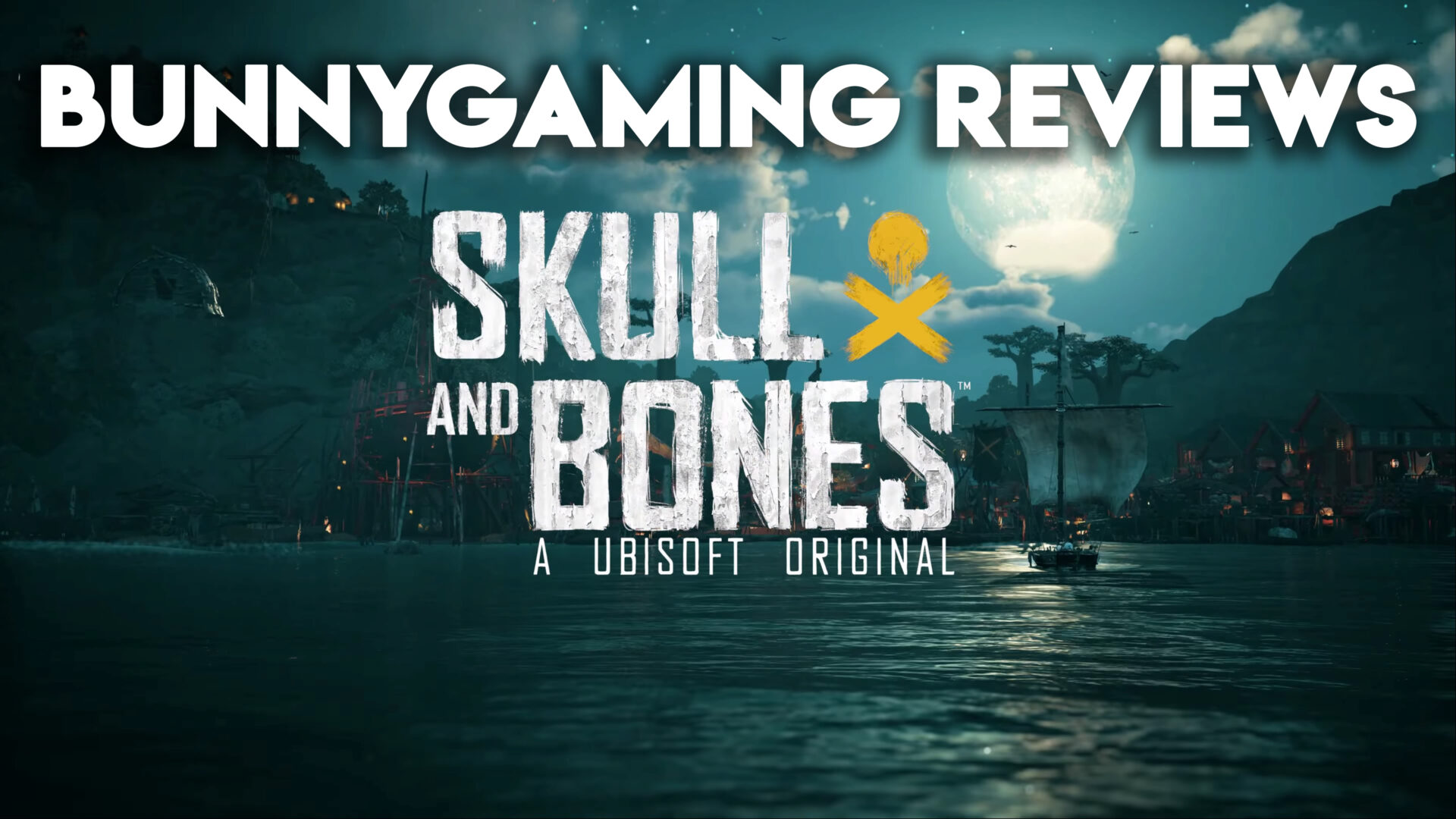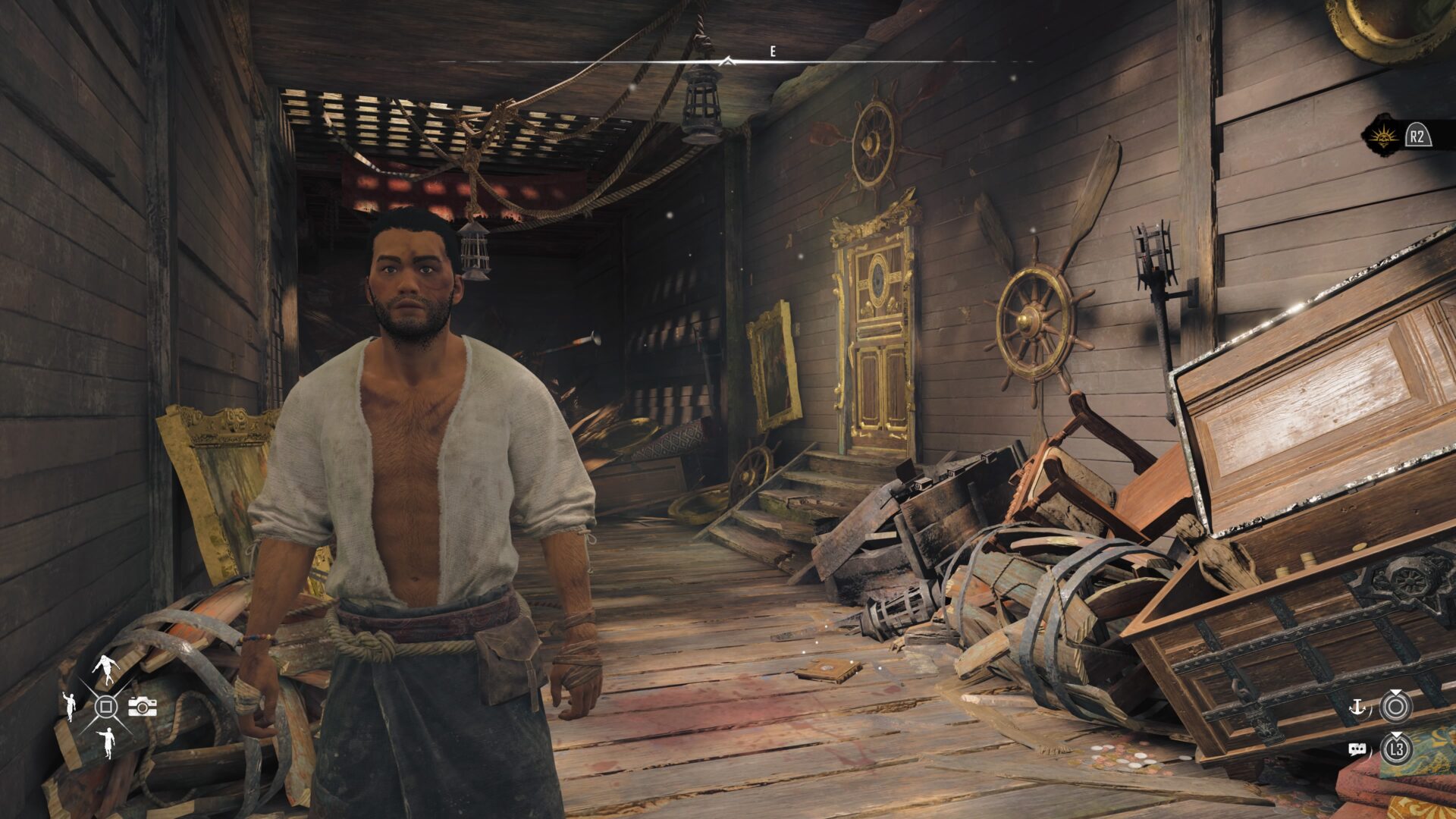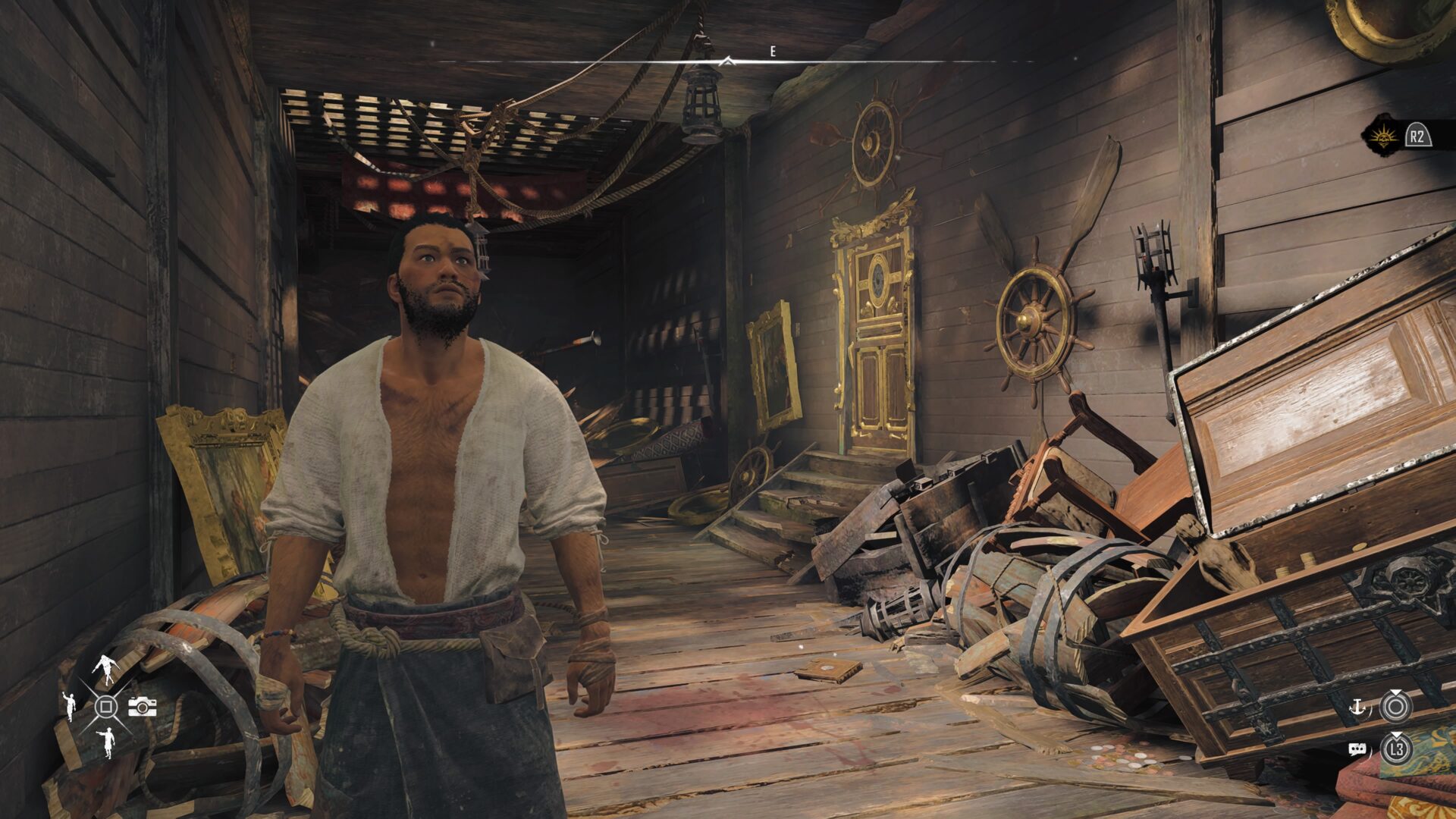Developed By: Ubisoft
Published By: Ubisoft
Platforms: PlayStation 5, Xbox Series X|S and PC
Reviewed On: PS5
Review Code Provided By: Ubisoft Singapore
There’s much to discuss regarding Ubisoft’s extensive development of the game Skull and Bones. It’s a spinoff of Assassin’s Creed: Black Flag touted as the first $70 game of this generation and even branded as the first quadruple ‘A’ title. Undoubtedly, there will be plenty more to say about this game. Despite carrying these significant titles, I decided to give Skull and Bones a fair shot and will evaluate it as objectively as I can. So, let’s dive in, matey.
Too Little Piracy Tales Are Told
Skull and Bones follows the journey of a crewmate who survived a shipwreck and is tasked with becoming the captain of a pirate ship. As you set sail, you encounter John Scurlock, who sends you on missions to plunder and disrupt the supply of goods around the Indian Ocean (East Africa & Southeast Asia). Gradually, your reputation as the best pirate captain in the region grows.
The life of a pirate is far from glamorous, which is why it’s not often romanticized. Similarly, in this game, you’ll find that you experience more stories from the factions you interact with than your own. Completing quests fleshes out the world, but your own character’s growth primarily lies in infamy. The overall story feels somewhat forced, as I found it odd to be chosen as captain without any clear reasoning. There’s no need to prove myself or engage in duels; they just hand the captain title to me.
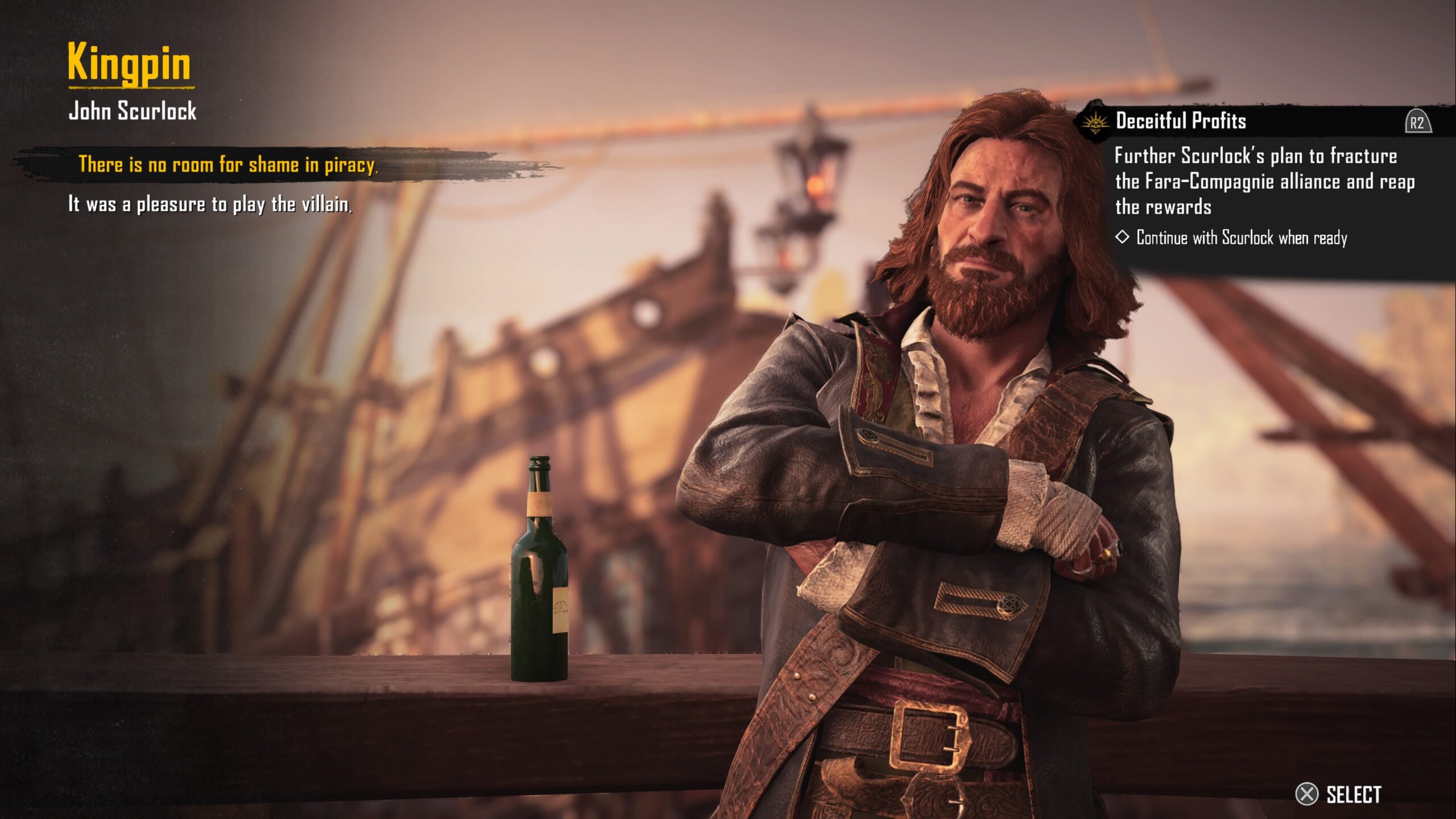
This narrative dynamic starts to resemble the opposite of ‘Lemony Snicket’s A Series of Unfortunate Events,’ where good fortune and sudden trust conveniently propel the story forward. While some games employ this tactic, it feels excessive here, particularly considering pirates’ supposed cutthroat nature.
The dialogue in the game is hit or miss. Despite presenting dialogue options, they don’t significantly impact the outcome. The writing quality is mediocre, with some lines coming off as cringe-worthy. While there are collectables that delve into the lore of piracy, they often consist of mindless journal entries.
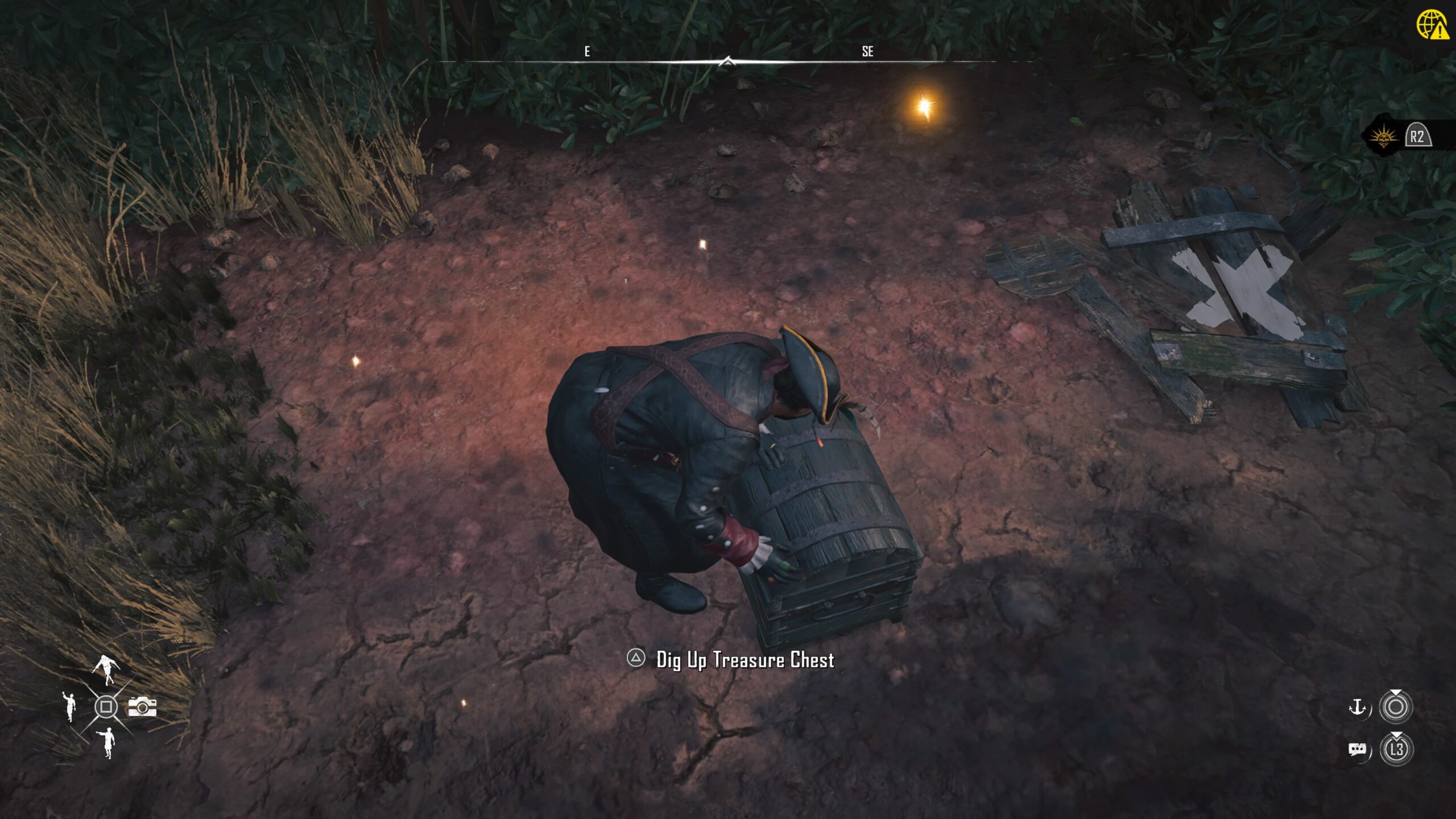
Despite the allure of piracy, the game fails to tell compelling stories about it. The lack of urgency in the narrative, coupled with the absence of meaningful cutscenes, stands out as one of Skull and Bones’ weak points.
Visuals Across 2 Console Generations
You are not reading the title wrong; the game has visuals that at some point baffle you on what generation of console you are playing on. Skull and Bones is only available on the current generation of consoles (PlayStation 5 & Xbox S|S) and I played it on the PlayStation 5. This gave me the option to select either Quality or Performance graphic mode.
Let’s start with Quality Mode, where the game runs at up to 4k resolution with a targeted 30 frames per second. In this mode, the game looks decent—not mind-blowing, but it’s comparable to most current-gen games. Since Skull and Bones doesn’t feature fast-paced gameplay, playing at 30fps is manageable.
Next is the performance mode, which drops the resolution to 1440p but targets a smooth 60 frames per second gameplay. While the game does run smoothly at 60 fps, the sacrifice in visual quality in Performance Mode is noticeable. It starts to resemble a dated last-gen game, which is disappointing considering its development was based on Black Flag and I honestly feel Black Flag is visually better.
Even with this difference, the game’s animations feel very robotic with very little character animation during dialogues and the weirdest choice of a skipping animation of going down steps. Giving the game is mostly about ships, the unique animations are usually the crews but sooner or later you will also find them repetitive.
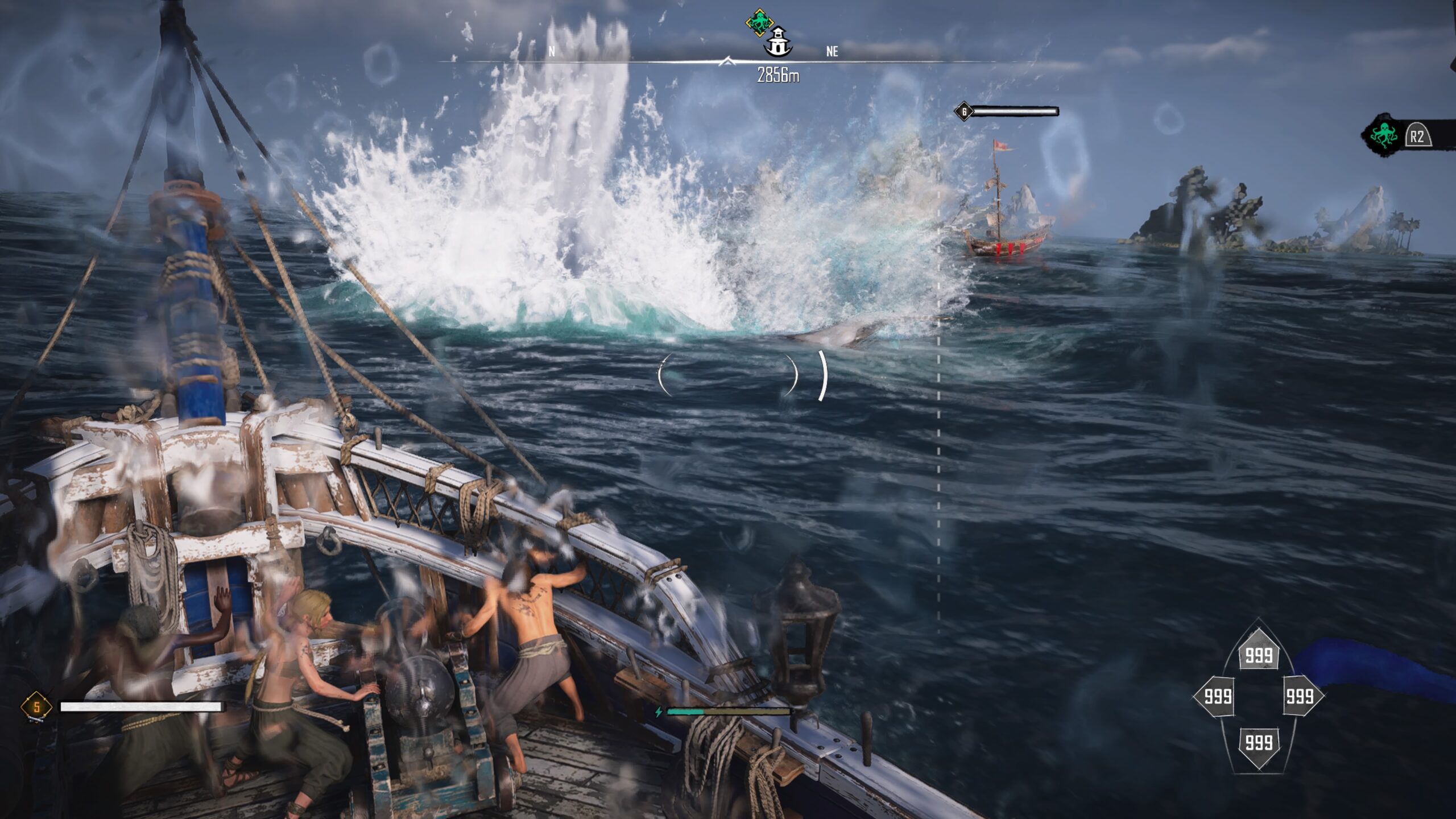
However, the waves while sailing are excellent, and the water simulation is decent. I did wish for more intense waves that could threaten to crush your ship, but unfortunately, that wasn’t the case. The environment is a mixed bag; some assets look good, while others feel outdated, resembling something from the year 2000. It felt somewhat generic sailing across the ocean, as many locations seemed to reuse familiar assets, making exploration a bit dull as each location looked too similar.
Overall, Skull and Bones’ visuals are acceptable, but when compared to other games of this generation, it might appear a bit washed out. There’s nothing particularly outstanding to mention about its visual presentation.
Audio Cue Wrongly
Typically, I combine visual and audio aspects when writing a review, but Skull and Bones warrant a separate discussion, and no, it’s not because the audio is exceptional. Let’s dive in.
Firstly, the voice acting in this game is a mixed bag. On one hand, you have characters like John Scurlock, who deliver their lines with the expected excellence of a seasoned voice actor. On the other hand, characters like Admiral Rahma sound utterly uninspired, like the most disheartened person in your crew.
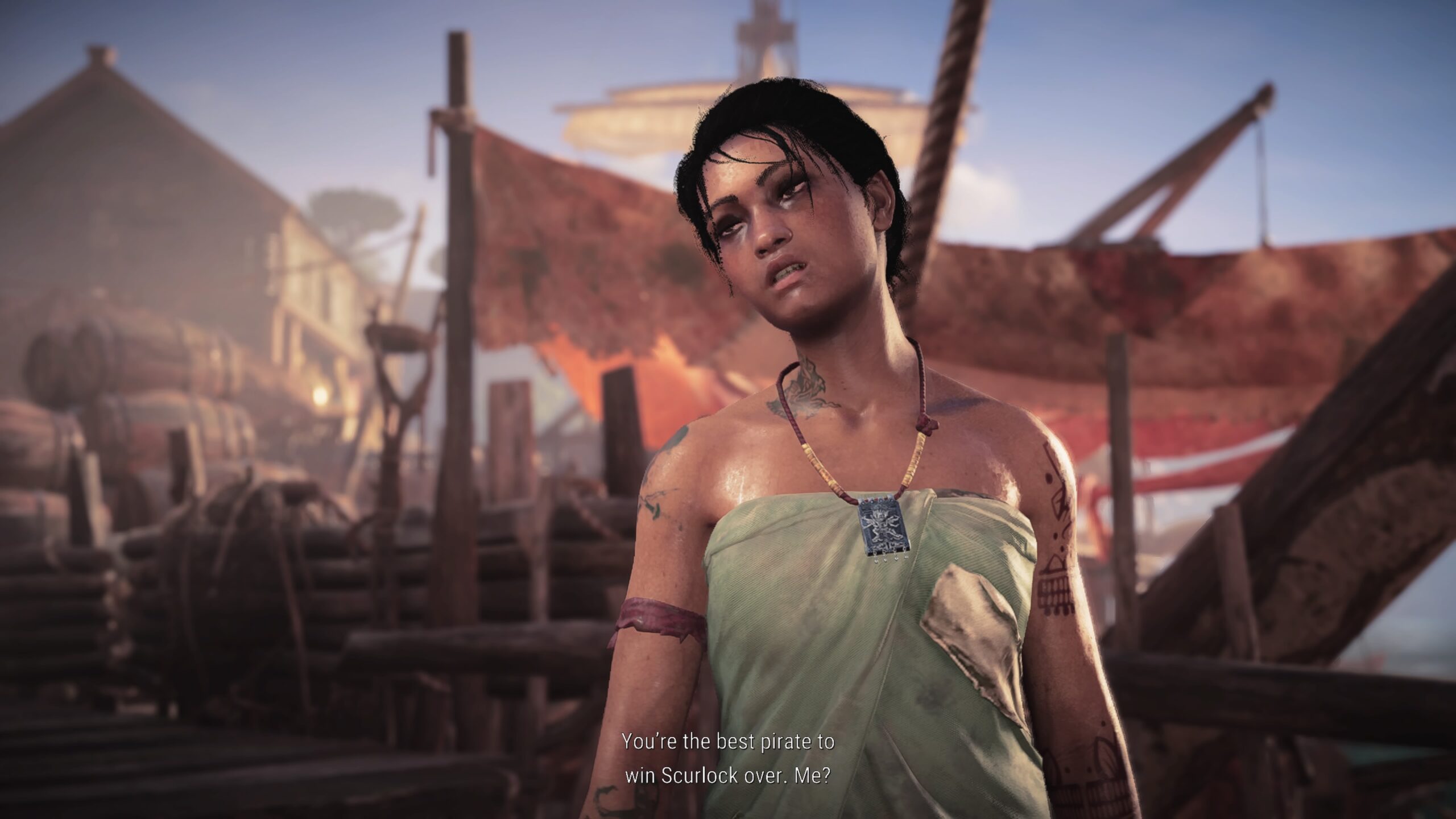
I’m not sure what the intention was behind giving a Southeast Asian-sounding voice to a character if it was going to be executed poorly. Personally, as an Asian myself, I’d rather hear a white person speaking with an accent than endure a poorly done portrayal. While I understand the importance of representation, if it’s not done correctly, it can do more harm than good. I hope people don’t think all Asians sound like that because of this game.
Moving on to audio cues, they’re a mess. I’ve received notifications from the crew claiming we’re overburdened when my ship’s weight is barely 20% of the maximum carry weight. There are random callouts for ships that aren’t there, and crew members complain about being tired when their stamina is full, adding to the confusion.
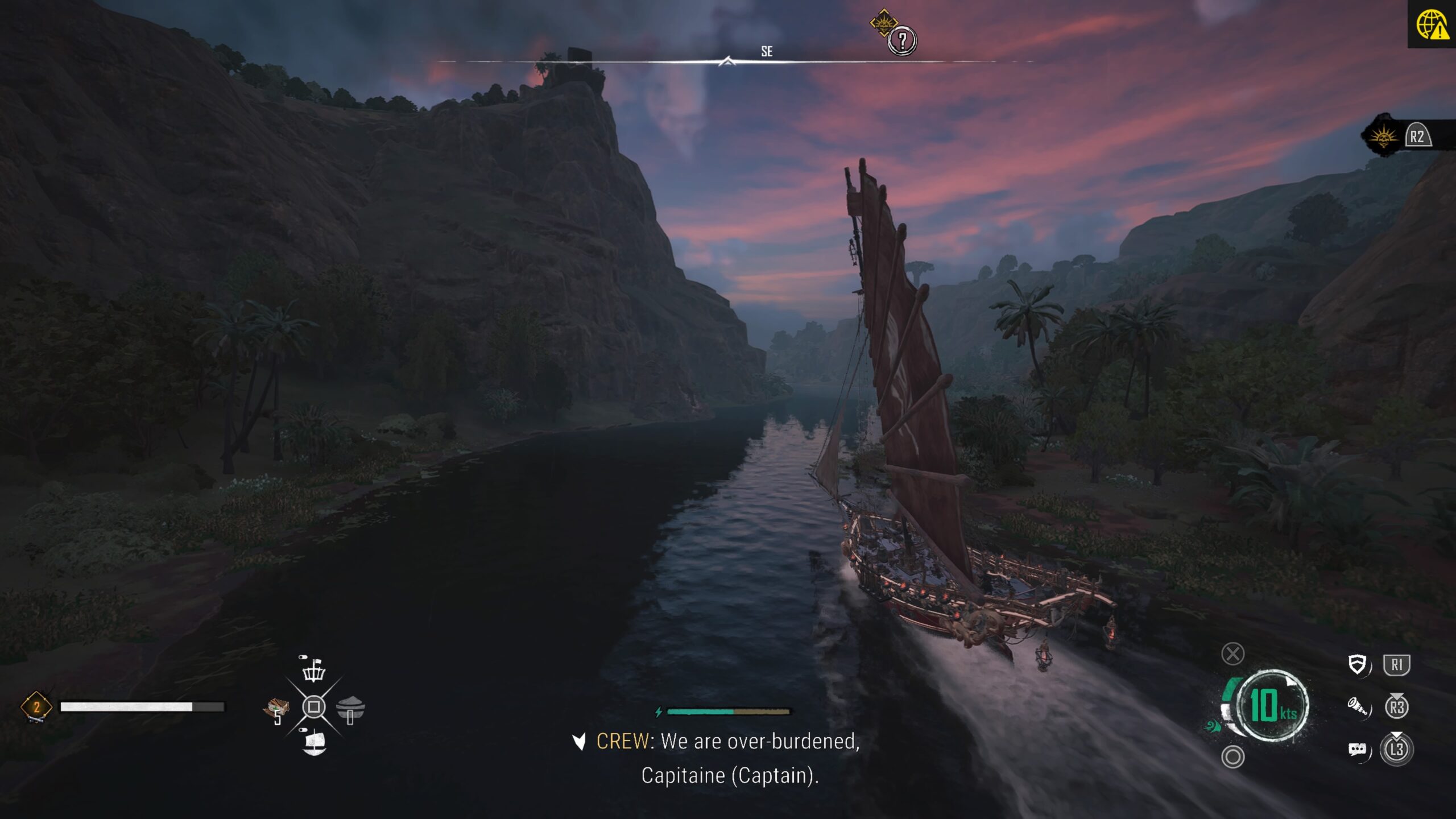
And let’s not forget the forgettable generic soundtrack, barely audible over the sound of the ocean. There have been countless moments where I nearly dozed off to the calming sound of waves. If the sound engineer’s goal was to create an ocean white noise playlist, they’d certainly succeed.
In battles, you’d expect a thrilling pirate soundtrack to get you pumped up, but instead, you’re met with the softest background music while your crewmates shout and cannons fire all around you. I had to strain to even notice there was a soundtrack during battles.
The audio in Skull and Bones is a real mess, with a mix of both good and bad voice acting, missed audio cues, and an almost non-existent soundtrack. Given that audio is one of the core components for immersing players, this game fell short of bringing out the pirate spirit in me.
Being a Pirate is Fun?
So, how does Skull and Bones play? Well, I’d say it’s decent at best. The game feels more like a pirate ship simulator than a true pirate adventure. Let’s break it down.
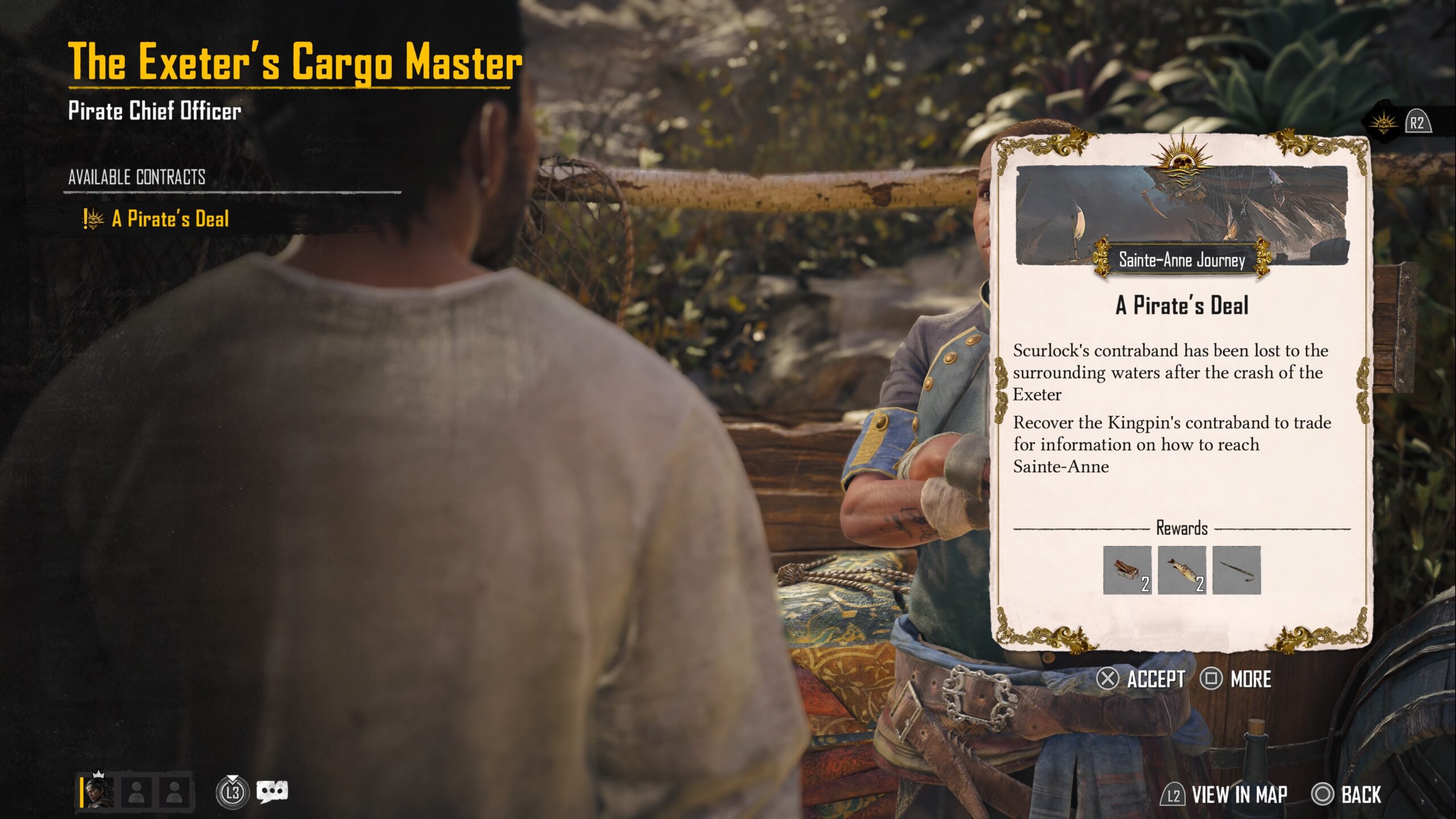
First, the land exploration part of the game is pretty basic. You’re mainly on land to pick up missions, trade goods, and upgrade your ship. There’s zero combat on land, and the most you’ll do is dock at certain areas to collect items or dig up treasure chests on small beach enclaves.
Thankfully, the sailing mechanics are well-executed. Manoeuvring your ship through the wind and waves, especially during combat, can be a bit chaotic but ultimately satisfying once you get the hang of it.
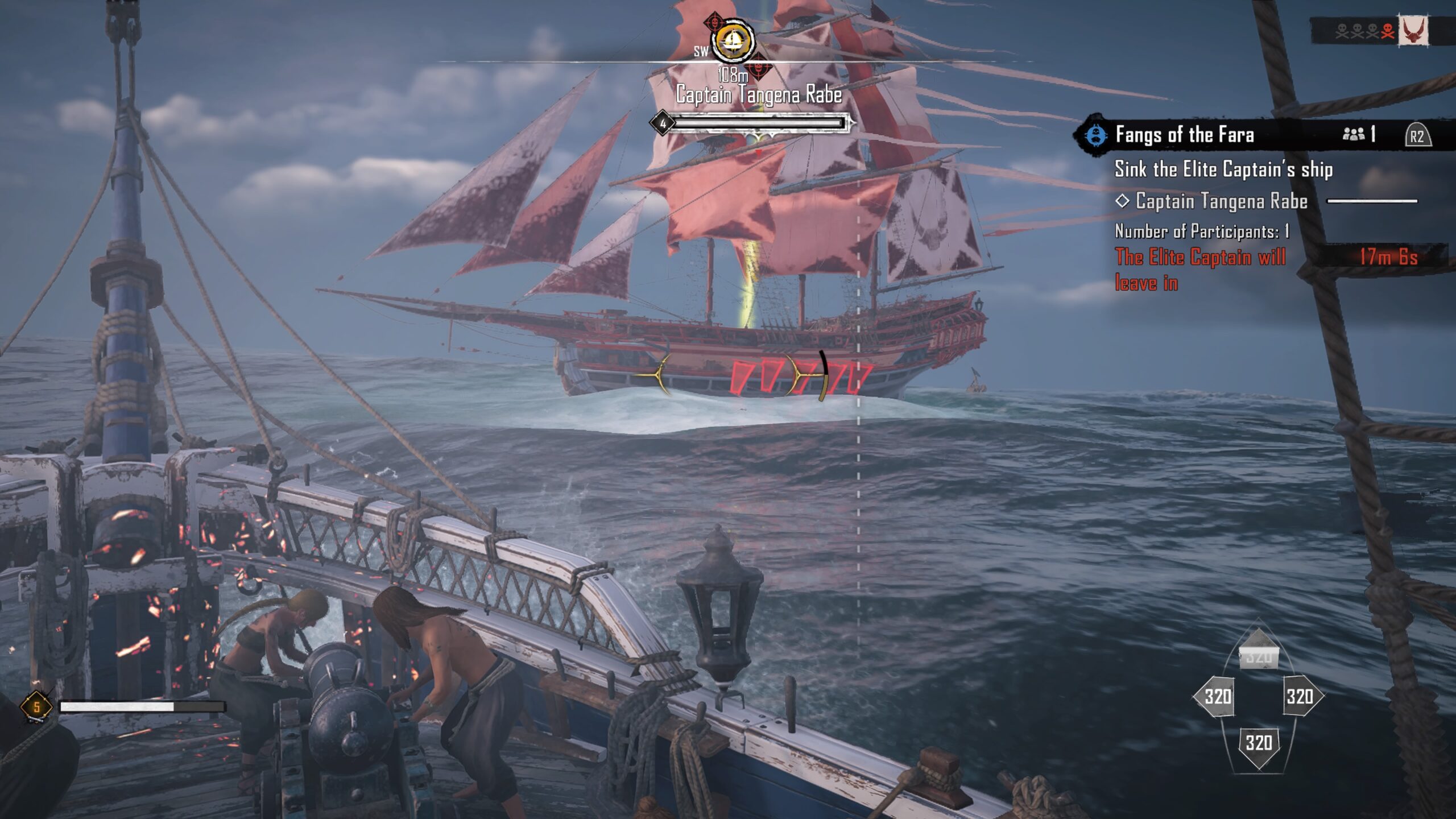
Combat, however, feels a bit lacking. You can customize your ship with different types of cannons and mortars, which is great for catering to various playstyles. Despite the promising arsenal at your disposal, the gameplay takes a nosedive here. Combat mostly boils down to repetitively dealing damage. There aren’t many unique mechanics besides aiming for the ship’s weak points. Facing elite ships feels like battling cannon sponges; you’ll find yourself burning through thousands of cannonballs just to take them down. Coupled with a time limit, it feels like a simplistic stat-check gameplay loop.
Once you’ve inflicted a certain amount of damage on a vessel, you can throw hooks to initiate boarding. However, don’t get too excited, as you’re only treated to a brief animation of your crew pulling in the loot, and that’s it. The only bonus you receive from a successful boarding is extra loot. Boarding does come with risks, as you have to get close to the enemy ship and hope that the hook lands, which isn’t always guaranteed, even when you’re directly side by side.
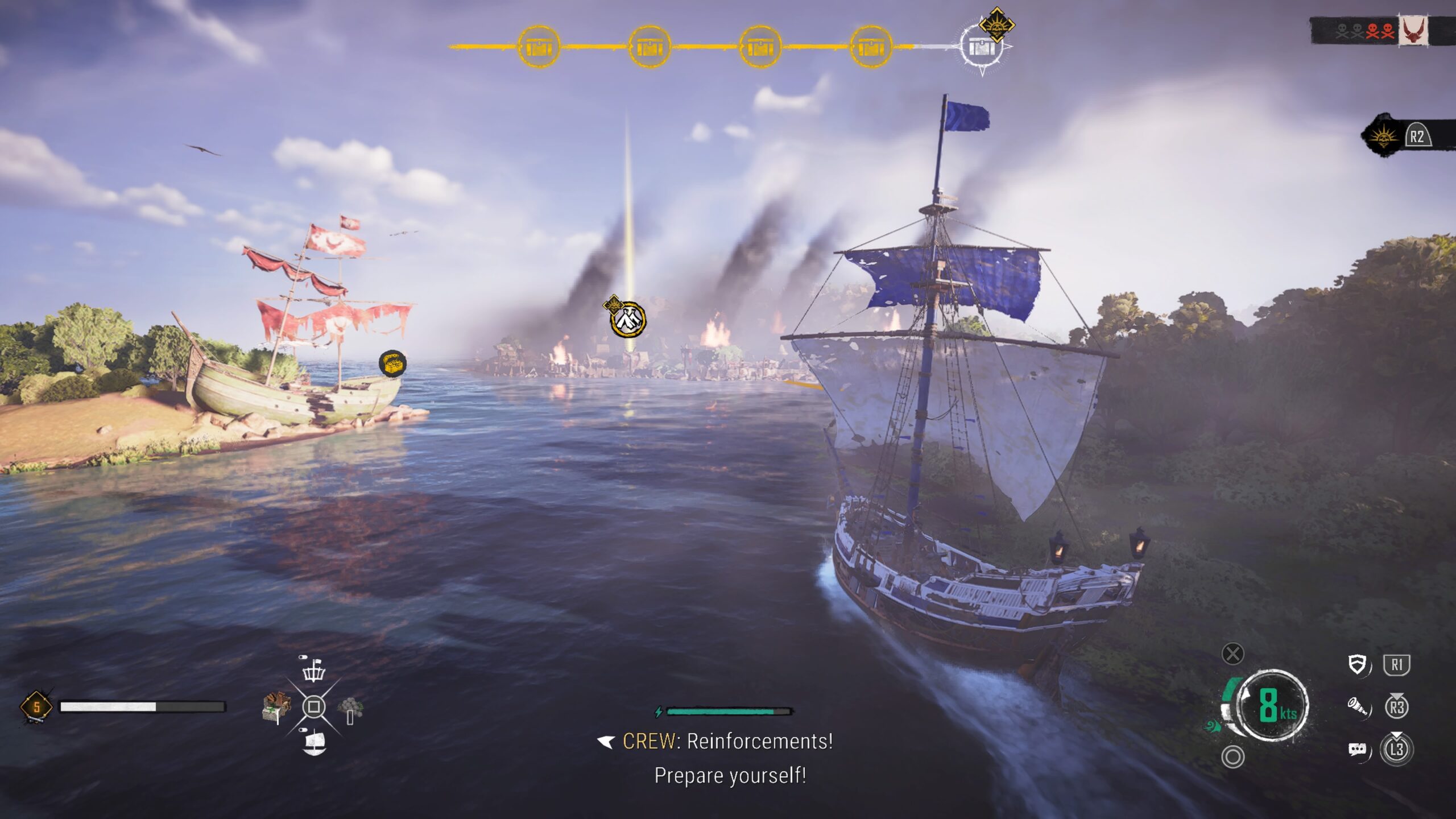
There’s another battle system called plundering, where you raid specific locations for loot. You trigger it, and your crew disembarks from the ship into town. Your task is to use your ship to destroy watchtowers and incoming enemy ships in a capture point-style gameplay. If there are no enemies within the circle, the treasure bar fills up. Each progression checkpoint grants you loot as you fill the bar.
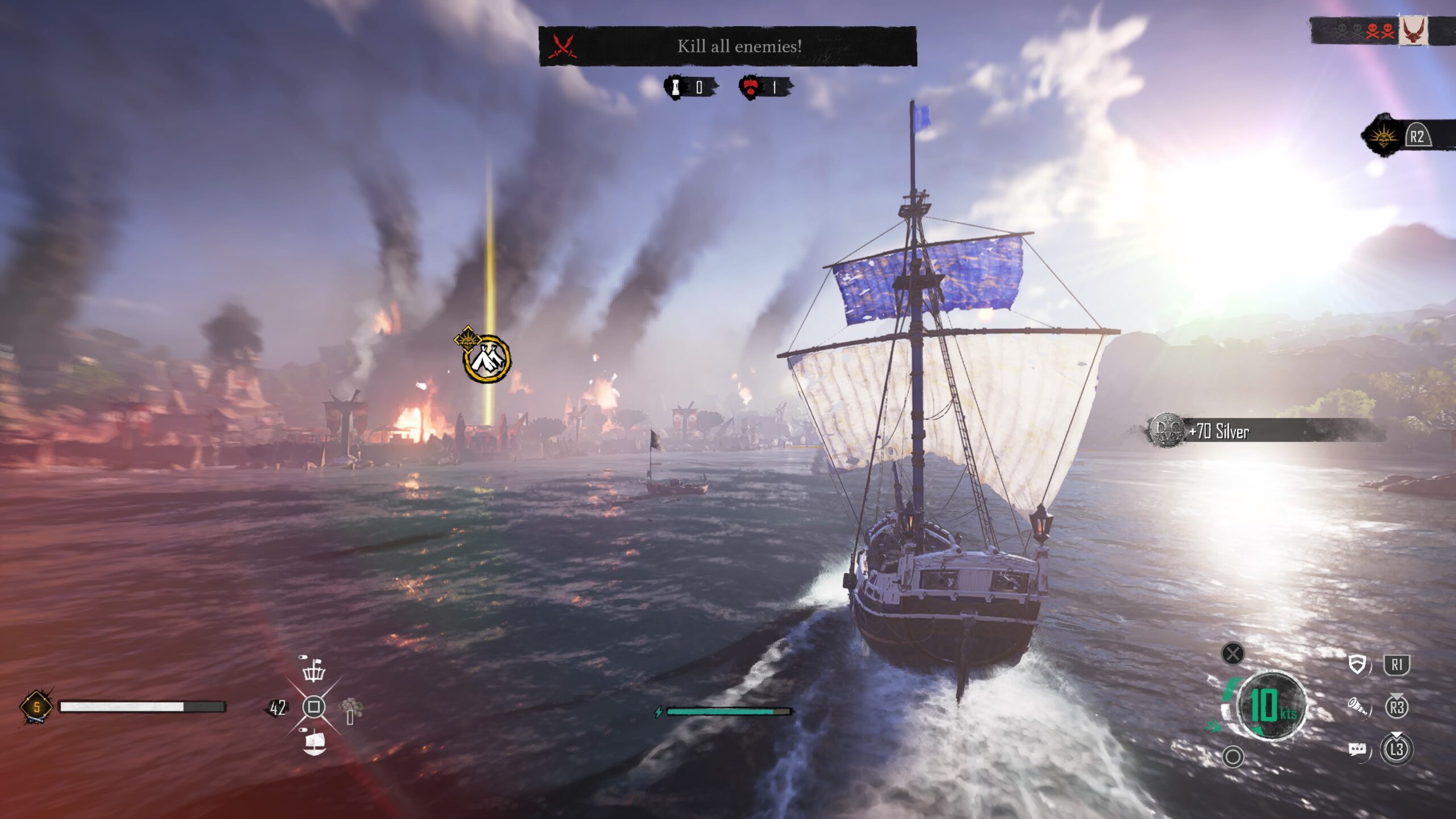
Engaging in these activities will earn you a wanted level with the specific faction you anger. If you manage to escape, the wanted level quickly returns to neutral, and you’re free to sail the seas again. It feels odd because there are no long-term repercussions; you can raid a faction and then trade with them a few minutes later.
Ocean UPS
In addition to combat, you can also traverse the seas for trading and missions. Most missions involve sailing to a location to complete a task, such as collecting materials, destroying a ship, or interacting with a person. There are also hunting quests that restrict you to using a dhow-type ship, which I find frustrating at times.
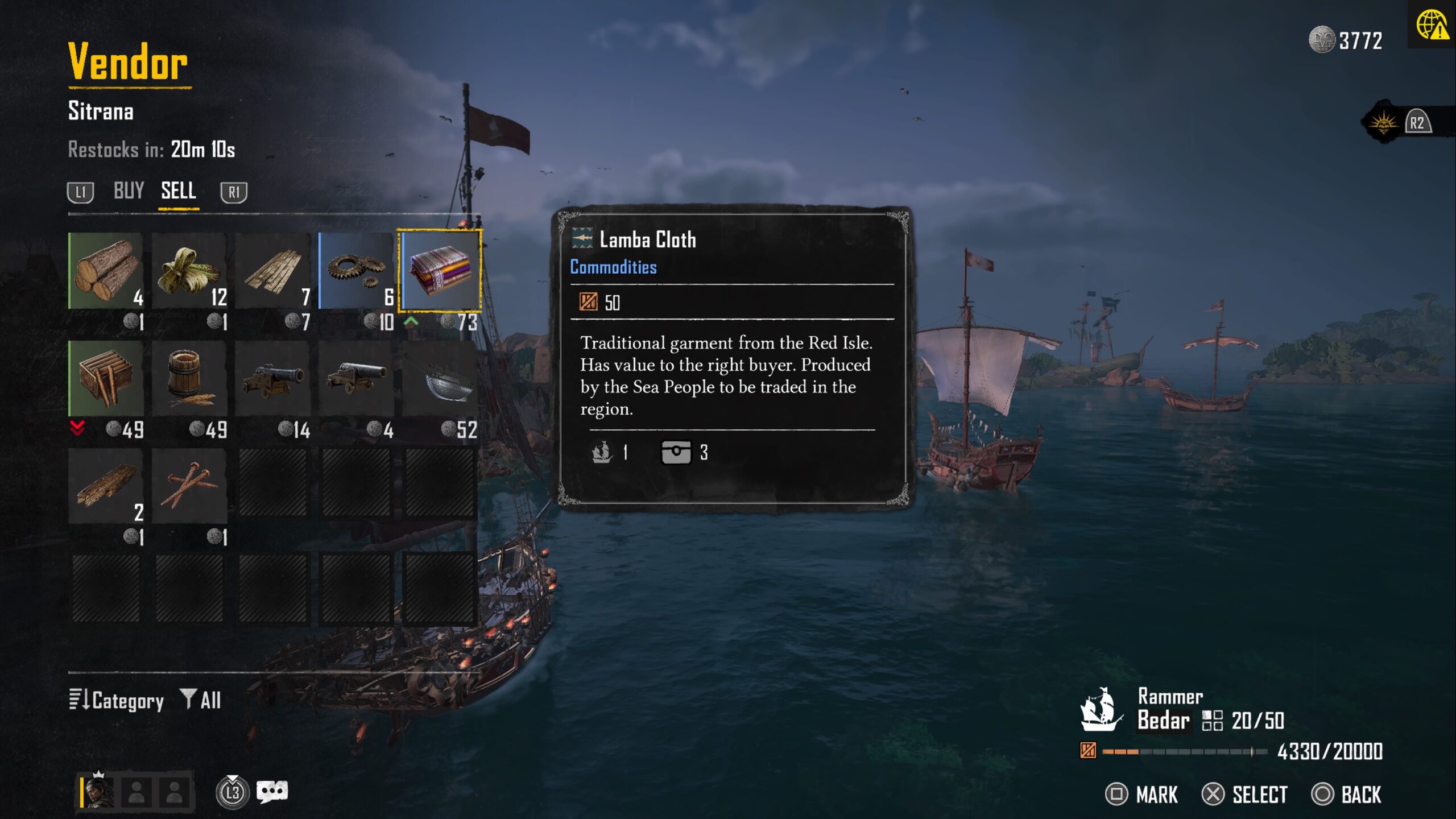
Sailing back and forth can get quite boring, to be honest. It can take up to 15 minutes to travel long distances, and it doesn’t help that the stamina bar is depleted when sailing at maximum speed. This stamina bar is also used during combat to brace for impact, which I find very troublesome. The best solution I found was stocking up on food items to refill your stamina. My crew must be sick of eating grilled coconuts, considering how many I fed them throughout the game.
Navigating between locations can feel like quite a trek in this game. While developers do offer fast travel options at certain docking ports, it comes at the cost of spending your Silver. Granted, Silver becomes easier to acquire by the endgame, but it seems like a deliberate move to control the trading aspect of gameplay. Trading items between locations can yield a tidy profit if you’re willing to invest the time. The game does a commendable job of informing you about the fluctuation of item prices and which items to sell to maximize your earnings.
A Vast Open Sea
Skull and Bones operate on a live service game model, allowing players to seamlessly encounter each other in-game. You’ll come across ships owned by other players sailing across the world or anchored at different ports. The game features a matchmaking system that enables you to request assistance from other players when tackling elite ships or raiding locations. These features are smoothly implemented, with notifications alerting you when other players seek help.
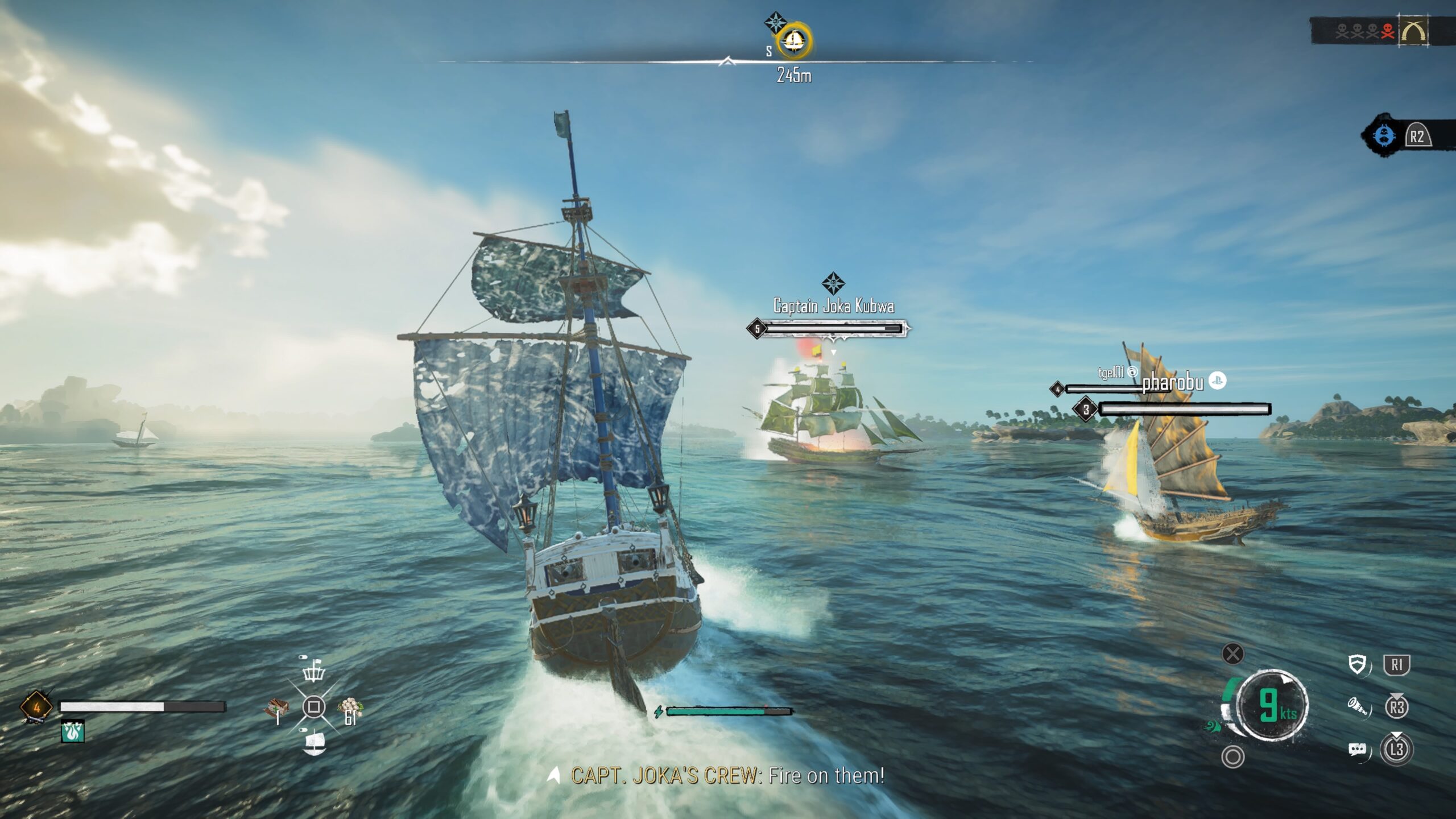
On the PvP side, things feel a little peculiar. There’s an option to toggle PvP on or off in the menu. PvP engagement is only possible if both you and your targeted player have it turned on. This helps mitigate toxicity, as you wouldn’t want to be sunk by a higher-level player while traversing the seas.
A Live Service Pirate
Similar to other Ubisoft games, Skull and Bones isn’t shy about incorporating microtransactions. Currently, these are limited to cosmetic items. However, most in-game items can be obtained through farming, with endgame primarily revolving around collecting Pieces of Eight or Sovereigns to purchase these items. Despite this, the farming process can feel tedious, resembling work more than enjoyable gameplay during the endgame phase.
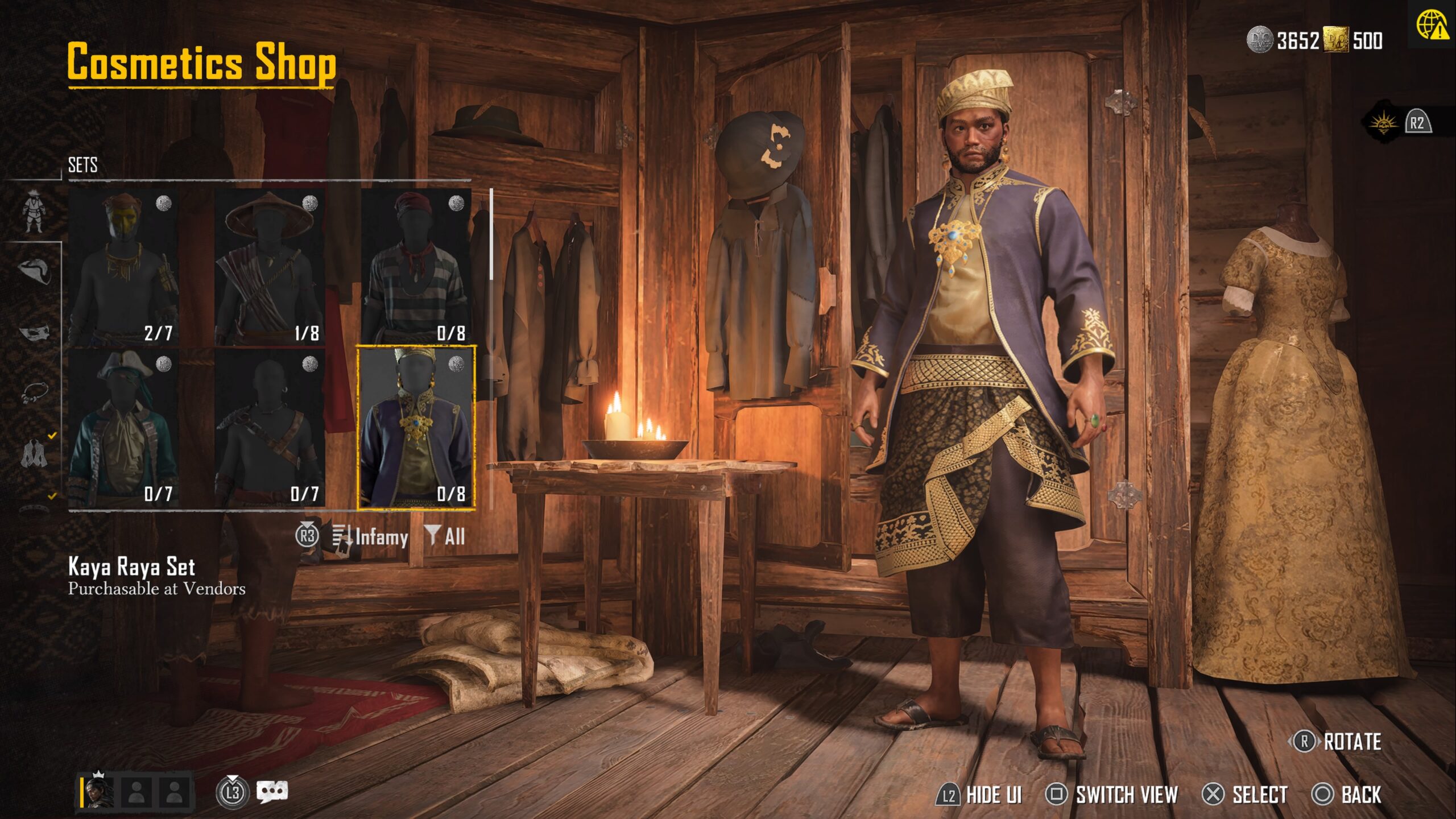
Ubisoft has announced that, following the pattern of its other games, the first year of DLC content for Skull and Bones will be free. This means more activities, such as encounters with legendary pirates, will be added. However, like many games nowadays, this also introduces a season pass, which, honestly, I’m not fond of, as it becomes the means through which they reward progression in the endgame.
Sailing is excellent – Traversing around the ocean is something refreshing and with quite a good water simulation, it can be fun.
Ship and weapon customization – Equipping your ship with ornaments and weapons makes it feel unique. It also adds a little strategy to the game as to what type of cannons to use.
What I Wished Was Better
Distance between locations is too far apart – Travelling the seas might be fun but the distance between locations seems a little artificially placed too far apart.
Enemies are just bullet sponges – Big health targets make gameplay repetitive and feel like a stat check
The audio in this game needs an update –From voice acting to misplaced audio cues, it breaks the game’s immersion. The game looks dated – Visually the game looks like a last-gen game. Nothing is appealing about it. Repetitive Activity – Your job is basically to get from point A to B as fast as possible. This is even more tedious in the end game.
A Captain’s Curse
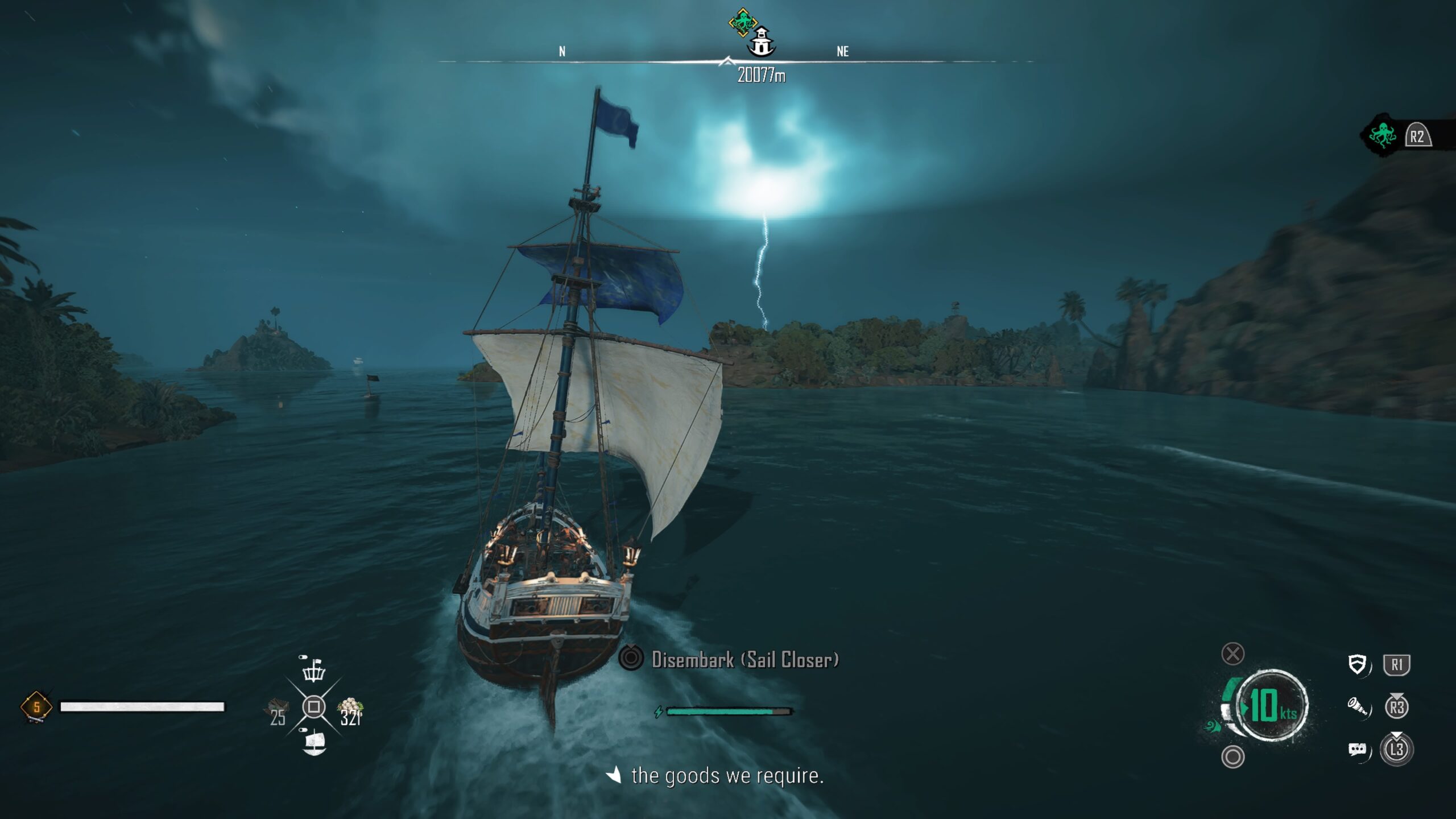
Overall, Skull and Bones isn’t bad when viewed simply as a game. However, what dampens the experience is its marketing as a quadruple ‘A’ title with a hefty price tag. The game suffers significantly from its live service model, with developers initially releasing minimal content and promising more later.
Only time will tell if the game will improve in the future. Comparing it to its predecessor, Assassin’s Creed: Black Flag, Skull and Bones feels inferior. Black Flag excelled in every aspect, leaving Skull and Bones feeling like a mere skeleton of its predecessor despite its lengthy development time.
